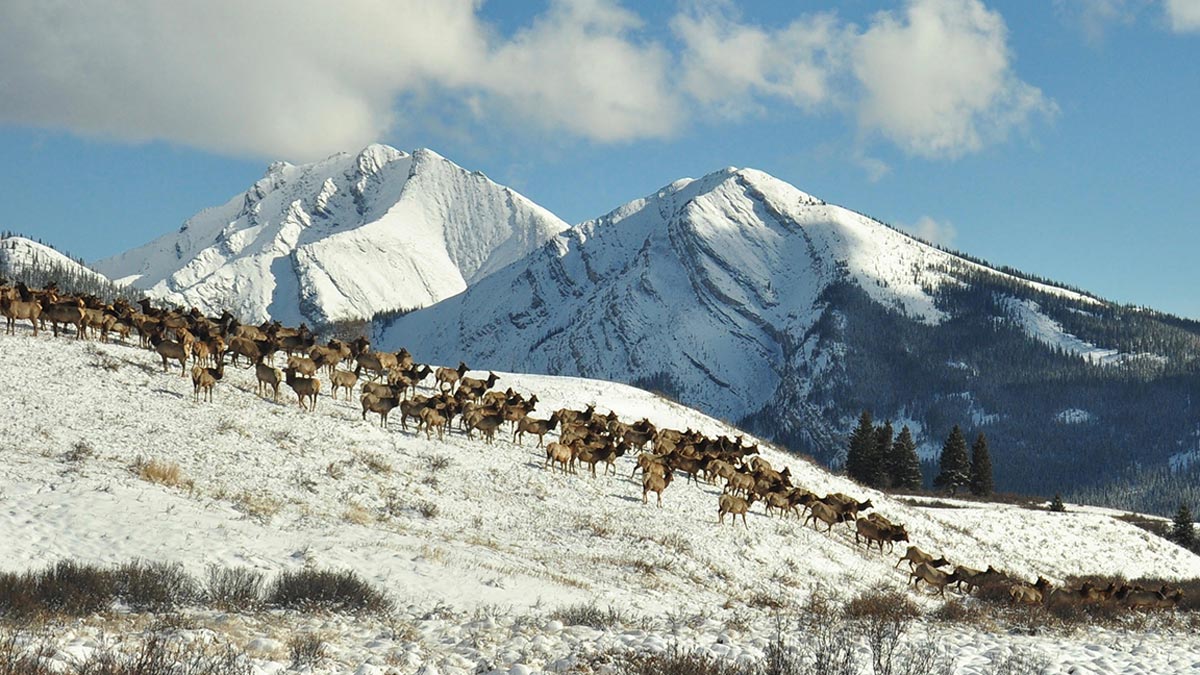An international team of 92 scientists and conservationists joined forces to create the first-ever global atlas of ungulate (hoofed mammal) migrations.
“A global migration atlas is urgently needed because there has never been a worldwide inventory of these phenomenal seasonal movements,” said lead author Matthew Kauffman, a wildlife biologist with the U.S. Geological Survey in Wyoming. “As landscapes become more difficult to traverse, the maps can help conservationists pinpoint threats, identify stakeholders and work together to find solutions.”
The atlas provides detailed maps of the seasonal movements of herds worldwide. The maps will help stakeholders like governments, Indigenous peoples, communities, planners and wildlife managers identify current and future threats to migrations and create conservation measures to sustain them.
“The same sort of problems that ungulates in Montana and North America face like fences, highways and expanding human development are playing out on a global scale in a huge way,” said Mark Hebblewhite, professor of ungulate ecology in the University of Montana’s Wildlife Biology Program. “We’re trying to raise awareness at a global level of the issues they face and also that we need new international guidance.”
The effort builds on previous conservation successes made possible by migration mapping. Around the world, actions such as protected-area expansion, road-crossing structures and working-lands conservation initiatives have been catalyzed by tracking the actual migration routes of the herds. The scientists and conservationists involved in the initiative hope that detailed maps of migrations around the world will spark similar conservation actions to sustain wildlife migrations.
The Rocky Mountain Elk Foundation is not currently a part of this specific effort but previously supported similar research such as Kauffman’s groundbreaking Wyoming Migration Initiative. Additionally, RMEF currently hosts Invisible Boundaries, a highly interactive display that demonstrates the year-round migration patterns of different elk herds across the Greater Yellowstone Ecosystem.
“In some ways, Montana and Wyoming really are leading the world in how to conserve migratory ungulates,” Hebblewhite said. “Montana is already undertaking a lot of conservation work to understand the needs of their migratory ungulates. But even in places like the Greater Yellowstone ecosystem, there’s continued threats and continued risks to losing migrations to expanding human development.”
(Photo sources: Celie Intering)
